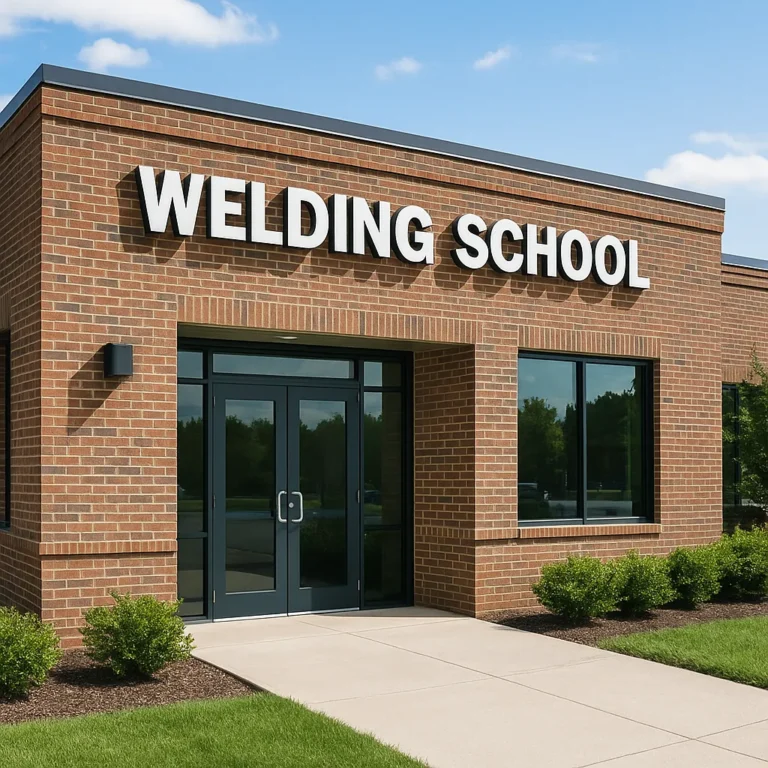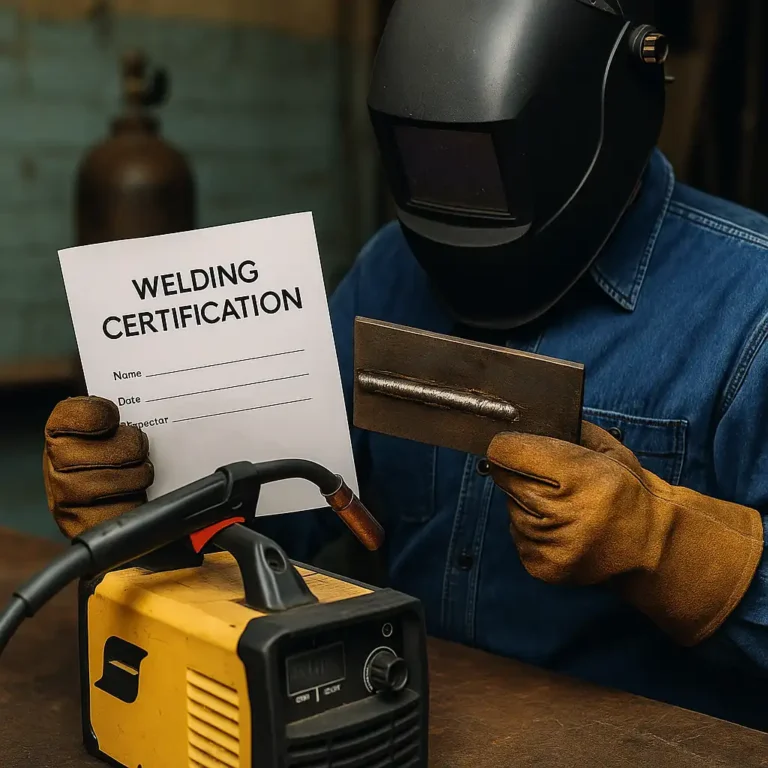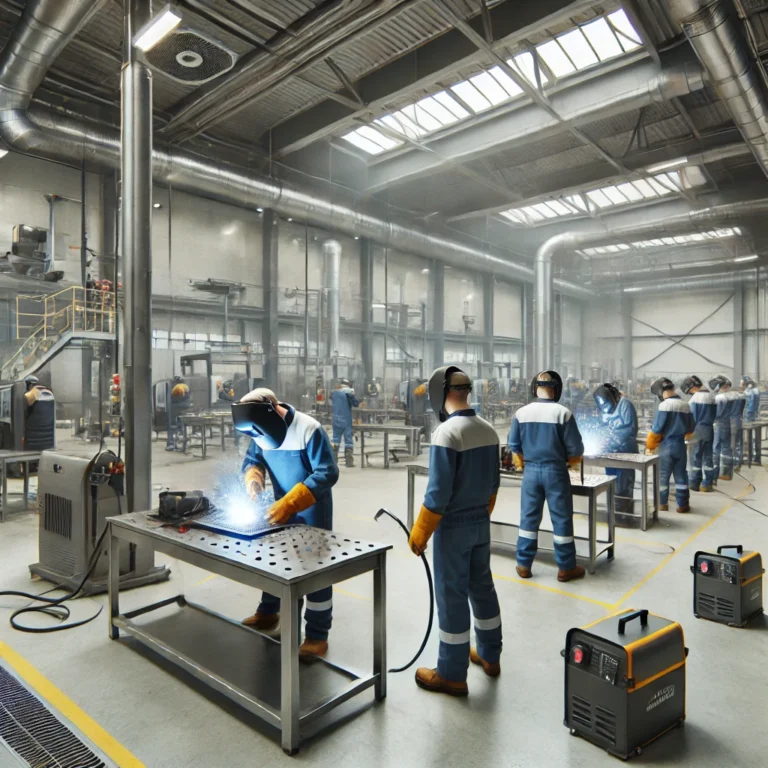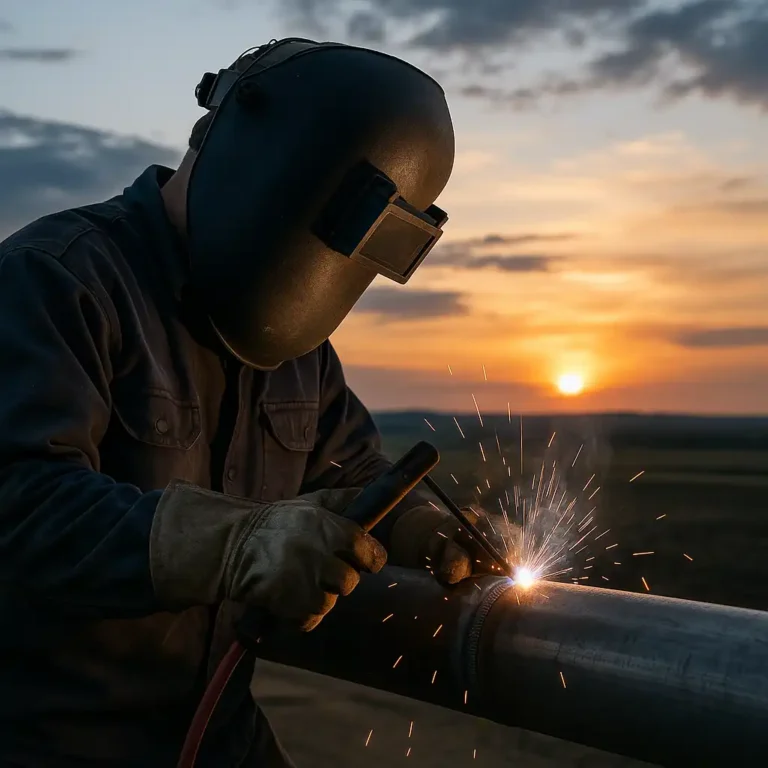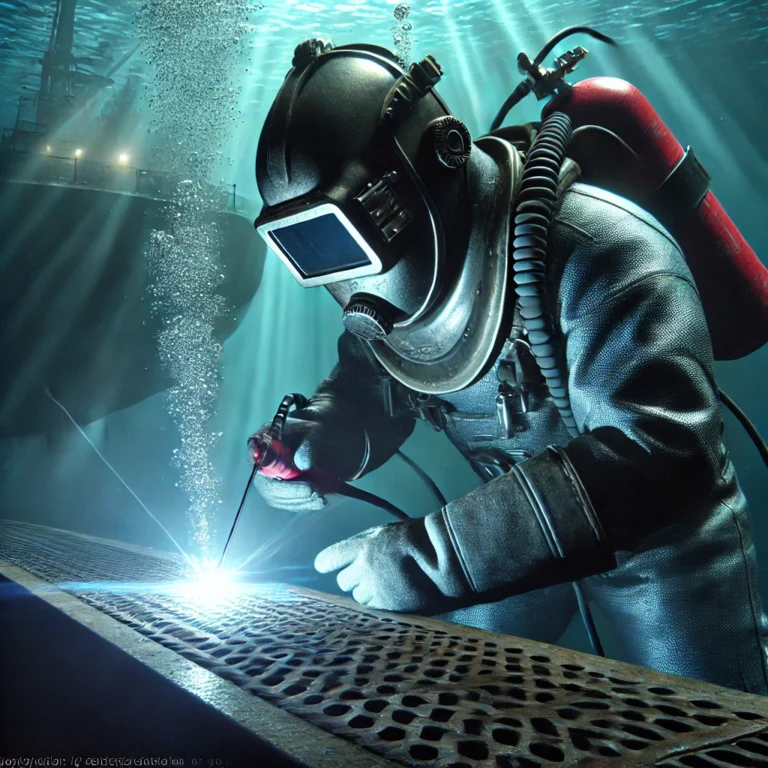How to Get a Job as a Welder: Steps to Launch Your Welding Career

Disclosure: This post contains affiliate links. As an Amazon Associate, I earn from qualifying purchases—at no extra cost to you.
Starting a career in welding offers hands-on opportunities, job stability, and pathways into diverse industries from construction to automotive. But before you can land your first role, understanding the essential steps—from training and certifications to resume building and networking—can make all the difference in securing a job and building long-term success in the trade.
Get Trained Through a Welding Program
The foundation for any welding career begins with training. Whether through a trade school, community college, or technical program, welding courses provide the skills and safety protocols essential to operate various welding machines and processes such as MIG, TIG, and Stick. Many programs also offer hands-on labs that simulate real-world welding environments.
Obtain the Right Welding Certifications
Certifications significantly boost your credibility and employability. Most employers look for welders certified by the American Welding Society (AWS). The Certified Welder (CW) credential is widely accepted and demonstrates proficiency in specific welding processes. Other industry-specific credentials, such as those for pipeline or underwater welding, may be required depending on the job.
Build a Welding-Focused Resume
Even with limited experience, a well-organized resume can stand out. Highlight any training, certifications, internships, or apprenticeships. Include details about your proficiency with equipment, metals, and techniques. If you’ve completed projects or personal builds, showcasing them in a portfolio (with photos) can add credibility and demonstrate your capabilities to employers.
Gain Experience Through Entry-Level Roles
Starting positions like welding assistant, fabricator helper, or shop welder allow you to practice your skills on the job. These roles not only build your resume but also expose you to different welding environments and expectations. Many welders begin in these roles and work their way up as they demonstrate reliability and expertise.
Network With Welding Professionals
Networking can uncover job leads that aren’t posted online. Attend trade shows, welding expos, or AWS chapter events. Joining professional forums and groups on social platforms like LinkedIn or Reddit can also provide advice and job tips from experienced welders. Don’t hesitate to talk to instructors and classmates from your training programs—they often have valuable connections.
Explore Job Boards and Apprenticeship Programs
Specialized job platforms like WeldingJobs.com or construction-focused boards frequently list openings. Also, check local unions, which often run apprenticeship programs that offer paid training and long-term employment pathways. Apprenticeships are a great option to earn while you learn under the guidance of journeyman welders.
Stay Current With Welding Technology
Welding technology evolves, and staying updated on industry trends can give you a competitive edge. From robotic welding systems to new filler materials and safety protocols, employers often prefer candidates who show ongoing interest in improving their skills and adapting to new tools.
Conclusion
Getting a job as a welder requires more than striking an arc—it requires training, certification, and persistence. By building strong foundational skills, actively networking, and staying open to entry-level opportunities, you can start a rewarding and in-demand career that offers room for advancement and specialization.

